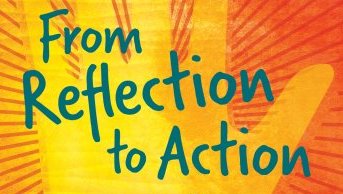“Meet the New Sub, Alice.”
As I approach the end of my placement and my final blog post, I reflect on many challenges that I have faced during the period. Most challenges typically concerned instances of child misbehaviour or unwillingness to partake in lessons. Other challenges arose from a place of anxiety and nervousness within myself, where I doubted my ability or felt overwhelmed. However, as I sum up these challenges my mind is particularly drawn to one situation that caused me the greatest difficulty, one which encompassed the other challenges I have just mentioned: the arrival of a substitute teacher.
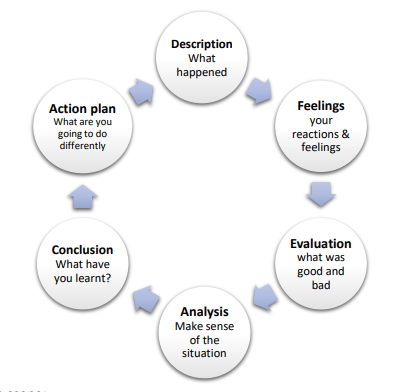
In this blog post I will be reflecting upon this challenge using the Gibbs Reflective Cycle, as pictured here.
Description
Halfway through my placement period, when I had finally and firmly grasped my role in the classroom, the teacher that I was working alongside took some time out of the classroom to focus on her duties as principal of the school. This meant that for the remaining weeks, I would be working alongside a new substitute teacher. Although I was looking forward to the change and felt that it would be of benefit to me to see a different teaching style, I didn’t anticipate how much this would change my role in the classroom.
On the first Monday after Christmas break I was introduced to Alice, who was a recent PGCE graduate and was the same age as me. While the two of us seemed to really hit it off, when we got to the classroom everything went upside down. My usual routine with the previous teacher went out the window and I quickly realised how much I had relied on her to guide myself and the class. Now, I found myself somewhat lost, for I not only had to do my usual tasks and lessons, but to also help Alice familiarise herself with the room, the routine, and the children! Suddenly, I was no longer the “new girl,” but now had to show the ropes to the new “new girl”.

That day, and those which followed, were filled with varying challenges. The greatest challenges involved the children’s behaviour towards and reaction to this “new teacher”: whilst most pupils were pleasant and polite, others did not find the change so easy. The latter typically showed their struggle by ignoring Alice or talking back to her. In A Guide to Teaching Practice, it is stated that “A great deal of misbehaviour in the classroom is caused by anxious reactions” (352): This seemed to be the case for some our our students.
In these instances, I felt compelled to step in and talk with these pupils, having had the advantage of working with them for some months now and having had built a relationship with them. On the other hand, I was highly aware of the fact that Alice was the teacher and that my involvement, if wrongly approached, could undermine her role and authority. I found myself oftentimes tiptoeing a thin line between being helpful or over-involved, and my previous familiarity and confidence in my role had now turned to confusion and apprehension.
Feelings
Despite being initially excited for a change in the classroom, this feeling soon changed to worry and anxiety and I was ultimately left feeling unsure of myself, my role and my ability. In these first few days, I found the classroom particularly stressful. I oftentimes felt flustered and somewhat overwhelmed by the unexpected new challenges that arose, and some days I left the school feeling as though I had done a bad job. I felt a much larger sense of responsibility now that I was the adult in the room who had a greater familiarity with the class and I became anxious that any short-comings or problems would reflect badly on me.
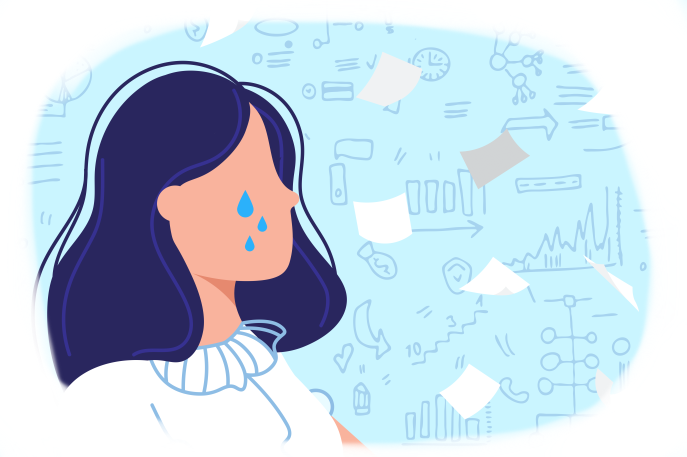
I found myself growing more anxious at the thought of coming in, for I feared that something would go wrong for Alice and I which would land us both in bother. With Alice and I being the same age I felt that we made a good team and had a strong bond, yet I always felt that I had to remind myself of our separate and individual roles in the classroom; I was anxious about making her feel undermined by overstepping my role.
Evaluation
As much as this post has so far led you to believe that this was an entirely negative experience, let me assure you it was not. For, in all of the stress and anxiety that the new challenges caused me, I also had many opportunities for growth and learning. In reflection, I think that perhaps I had grown too familiar and accustomed to my role in the classroom and needed this change to kickstart my learning experience again. Although, as I previously admitted, I oftentimes left the school feeling anxious, unsure and a little inadequate, this was usually the best time for reflection. Each time that I felt I had had a bad experience, I was forced reflect and evaluate the situation.
Analysis
The biggest takeaway from this experience was the need for strong communication. Yes, Alice and I enjoyed each other’s conversations and had common interests to talk about, but when I reflected upon what had went wrong in the classroom that day I usually identified a lack of communication as the problem. In reflection, I typically found that many of my anxieties about when to step in, or when to back off, could have been easily rectified by asking Alice what she felt would be appropriate.

In McGregor and Cartwright’s book Developing Reflective Practice : A Guide for Beginning Teachers, they state that “In order to maximise your professional learning you need to appreciate the value of communication with colleagues and peers, and reflect on the impact of your relationship with them” (106). This was truly a key learning point for me!
Conclusion and Action Plan
Each time that I reflected upon my day and now, as I reflect upon the experience as a whole, I found and continue to find that many of my anxieties could have been reduced or eradicated by clear and open communication. When I realised this and began to openly communicate with Alice in the classroom, I felt a lot more at ease and comfortable. Sure, some children may still act out and some problems will arise, but the tackling of such challenges is much easier and straightforward when team members are on the same page. As well as this, open communication was much easier and less awkward than I imagined it might be. Usually it was as simple as reminding Alice in the morning and throughout the day, “Give me a shout if you need anything, whatever it is” or “If you want me to help, just let me know”. Eventually, Alice and I had a good rhythm going in the classroom and were able to ask for each other’s help or involvement with a simple nod of the head or flick of the eyes. In this way, I never felt that I was overstepping my role and I instead began to re-establish my role in the classroom under a new teacher and new routine. This experience taught me a lot about how to cope with changing class circumstances or staff members, and will prove to be of benefit to me if I were to become a substitute teacher in the future.

Bibliography
University of Cumbria Academic Services & Retention Team. Gibbs’ reflective cycle. University of Cumbria, 2016. Available at: https://my.cumbria.ac.uk/media/MyCumbria/Documents/ReflectiveCycleGibbs.pdf (Accessed: 23rd March 2022).
Cartwright, Lesley and McGregor, Debra. Developing Reflective Practice : A Guide for Beginning Teachers. Open University Press, 2011. Ebook. (Accessed: 23rd March 2022).
Cohen, Louis and Manion, Lawrence. A Guide to Teaching Practice, 5th Edition. Routledge, 2010. Ebook. (Accessed 23rd March 2022).
The Teacher Toolkit
You May Also Like
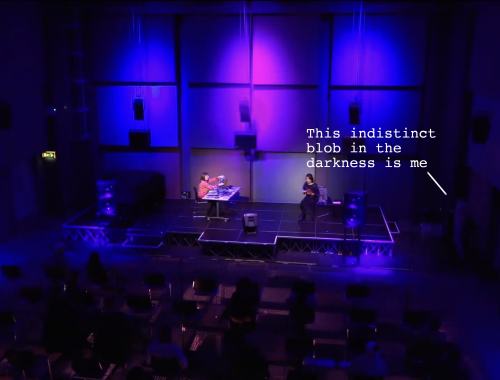
Teamwork Makes the Stream Work
27 March 2022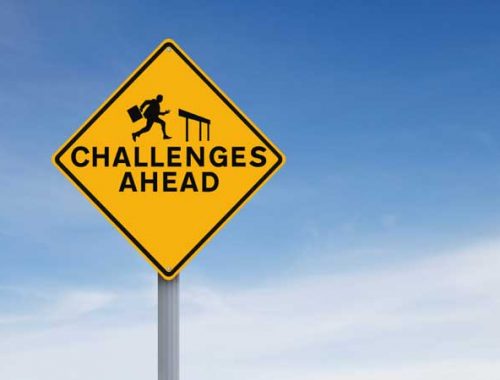
27 March 2022
